Exactly one year after the first case of Covid-19 was confirmed in the United States, Joe Biden was sworn in as president, inheriting the worst public health disaster since the flu pandemic of 1918. In the days that followed, Biden pledged a “full-scale, wartime” effort to combat the virus, even as he braced a disease-weary nation for its darkest chapter yet.
“Things are going to continue to get worse before they get better,” Biden said at the time, offering a dire forecast. The national death toll, he warned, could exceed half a million by the end of February.
As Biden predicted, just over a month into his tenure, the country has now hurtled past 500,000 total deaths from Covid-19, a grim reminder of the scale of the pandemic in America – and of the challenges he faces combatting a public health crisis his predecessor Donald Trump had wrongly claimed would simply disappear.
“It’s terrible,” Dr Anthony Fauci, the country’s top infectious disease expert, told CNN on Sunday. “It’s really horrible. It is something that is historic. It’s nothing like we’ve ever been through in the last 102 years, since the 1918 influenza pandemic.”
Against this bleak backdrop of half a million dead, Biden is racing to mobilize a national response to the pandemic and deliver on his promise for economic relief before voters’ inaugural goodwill wears off.
Public health experts and scientists have roundly welcomed the new administration’s sprawling coronavirus mission, but warn that significant obstacles remain. And though Biden has struggled to win over Republicans in Congress, polling suggests a strong majority of Americans approve of his handling of the pandemic so far.
“Results trump bipartisanship, by far,” said Paul Maslin, a Democratic pollster based in Wisconsin, where Biden traveled on Tuesday to pitch his stimulus plan. “Ultimately he’s going to be judged by: how well and how quickly did he get people vaccinated? How well and how quickly did he get people back on their feet economically?”
At the moment, there is cause for hope. New daily coronavirus cases have plunged, and hospitalizations and deaths are down significantly, a trend experts expect will continue as high-risk populations are vaccinated.
Despite some early hiccups and delays, the administration’s national immunization campaign is accelerating. With vaccine production ramping up, Biden is on pace to meet his goal of inoculating 100 million Americans in his first 100 days in office.
Last week, Biden declared the US would have enough doses of the Covid-19 vaccine to inoculate 300 million Americans “by the end of July”. Yet getting those shots into Americans’ arms, Biden said, poses the “most difficult operational challenges we’ve ever undertaken” and he cautioned the the timetable could change.
To supercharge vaccine distribution, the president is calling on Congress to pass a $1.9tn relief proposal that includes stimulus payments for American families, expanded unemployment benefits as well as funding to accelerate the immunization effort.
Republicans have attacked the rescue plan as too big and too progressive, arguing the lack of a bipartisan consensus undermines Biden’s appeals for unity. But Democrats, who hold slim majorities in both chambers of Congress, are pressing ahead without them, in part because many of its central provisions enjoy broad public approval – even among Republicans.
“Now is the time we should be spending,” Biden said, touting the plan’s popularity in Milwaukee last week. “Now is the time to go big.”
Using a strictly controlled parliamentary tactic known as reconciliation, a maneuver that allows the majority party to bypass the 60-vote threshold in the Senate, Congressional Democrats are rushing to deliver the package before critical federal aid provisions run out next month.
Reconciliation hardly closes the door on bipartisanship, said Heidi Heitkamp, a former Democratic senator from North Dakota known for working across the aisle. The expedited process, she argued, is “completely appropriate” given the urgency and scale of the economic hardship still facing millions of American workers and families.
Nothing is stopping Republicans from voting for the legislation, she added, even predicting a few could change their minds after yet another painful unemployment report.
“It’s going to be very difficult for millionaires in the Senate, who have done just fine during the pandemic to say no to their constituents who are struggling,” she said.
As Congress pushes ahead with his stimulus package, Biden is working to harmonize the nation’s coronavirus response, establishing federal guidance for reopening businesses and schools while engaging with governors and pleading with the American people to do their part.
During the opening days of his administration, Biden signed a blitz of executive orders. He issued new mandates for mask-wearing on federal property, as well as interstate planes, trains and buses; invoked the Defense Production Act to ramp up the manufacturing of vaccines, tests and protective equipment such as masks; imposed new restrictions on international travel to the United States; and rejoined the World Health Organization.
Saskia Popescu, an infectious disease epidemiologist and Professor at the University of Arizona College of Public Health, praised the administration’s “holistic approach” to curtailing the virus. But as the rubber meets the road, Popescu said the administration faces challenges overcoming vaccine hesitancy and improving genetic sequencing to better identify mutations that could make the virus more infectious – or more deadly.
Last week, the Biden administration announced it would spend $200m to track variants of the coronavirus. This comes as states begin to ease public health measures in response to falling case numbers. But experts warn that the US does not have enough control over the new strains of the virus and that reopening too quickly could thrust the country backward.
“It would be like Moses about a half a mile from the Red Sea, saying, let’s not try it,” said Dr Howard Markel, director of the Center for the History of Medicine at the University of Michigan. “We’re almost there. We’ve almost reached this incredible medical miracle: getting immunized. Just be patient and continue to social distance.”
Making good on his promise to safely reopen “the majority of our schools” nationwide within the first 100 days of his presidency has been particularly thorny, amid resistance from teachers’ unions, pressure from parents and criticism from Republicans.
During the town hall last week, Biden clarified that the goal was return elementary and middle school children to classrooms five days a week by that deadline. That contradicted an earlier statement by Jen Psaki, the White House press secretary, who said at least one day a week of in-person learning would satisfy the administrations initial pledge.
Republicans are seizing on the issue, battering Biden and Democrats for not moving more quickly to open schools in an attempt to win back women and suburban voters who fled the party under Trump.
The White House, noting that those decision are ultimately be made by local governments and individual school districts, has urged Congress to pass the rescue package, which includes billions of dollars to help schools reopen safely.
Still, there are pieces of the response that can’t be solved by legislation or executive action. Education and persuasion will be necessary to convince Americans to continue to follow public health guidelines and to get the vaccine, Markel said. Combating online misinformation about the virus and the vaccine as well as restoring trust in public health leaders and institutions after relentless attacks by Trump and his allies pose significant challenges.
Though Biden has not shied away from criticizing his predecessor’s management of the crisis, he has also acknowledged that how he handles the pandemic in the coming weeks and months will define his presidency.
During a tour a Pfizer vaccine manufacturer in Kalamazoo, Michigan, this week, a double-masked Biden struck a note of cautious optimism while urging Americans to stay vigilant.
“I believe we’ll be approaching normalcy by the end of this year,” he said. “God willing, this Christmas will be different than last.”

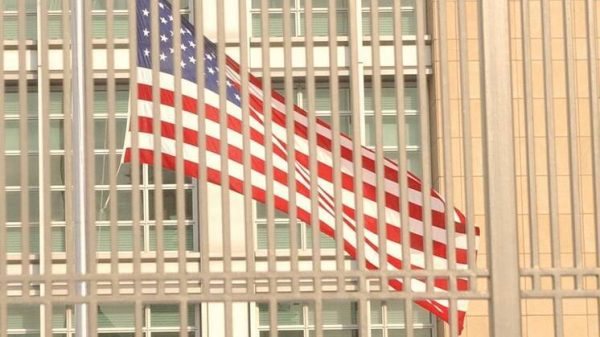

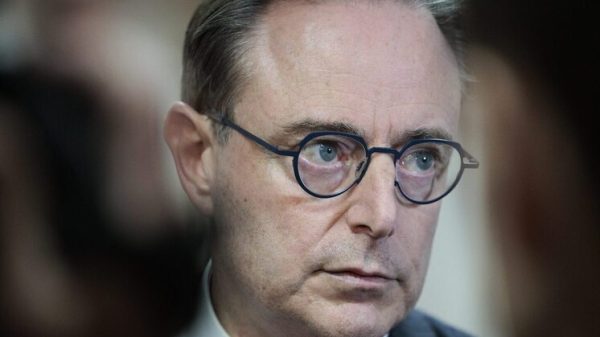
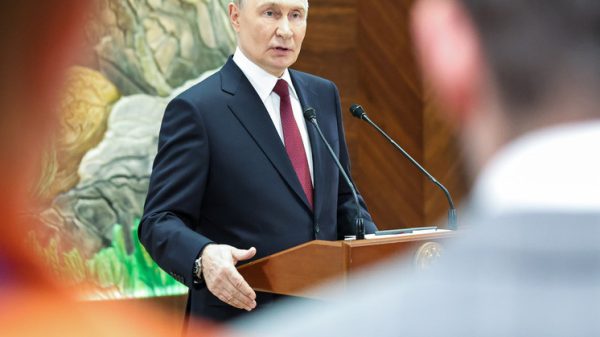
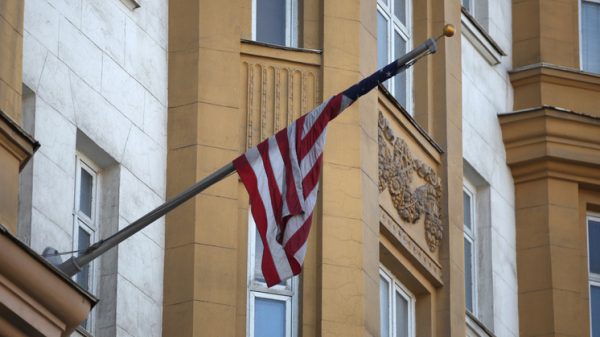









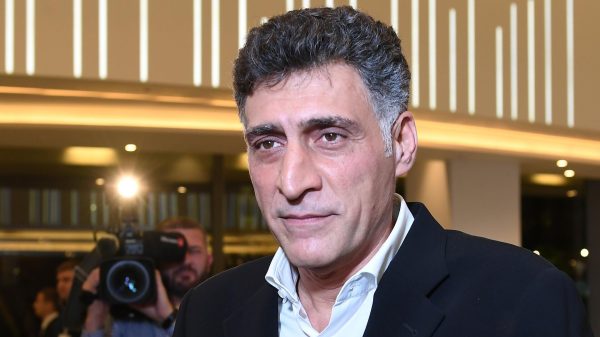
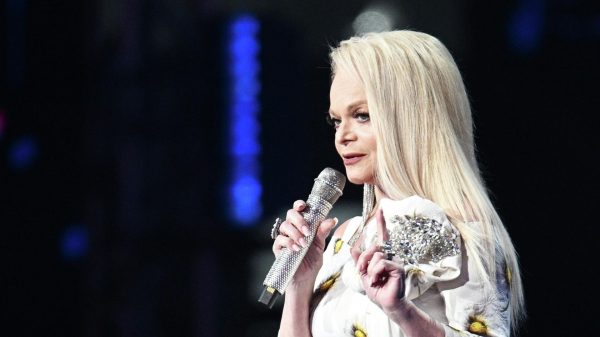






































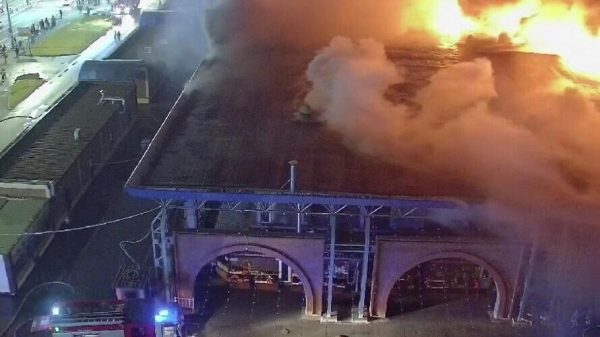

Свежие комментарии